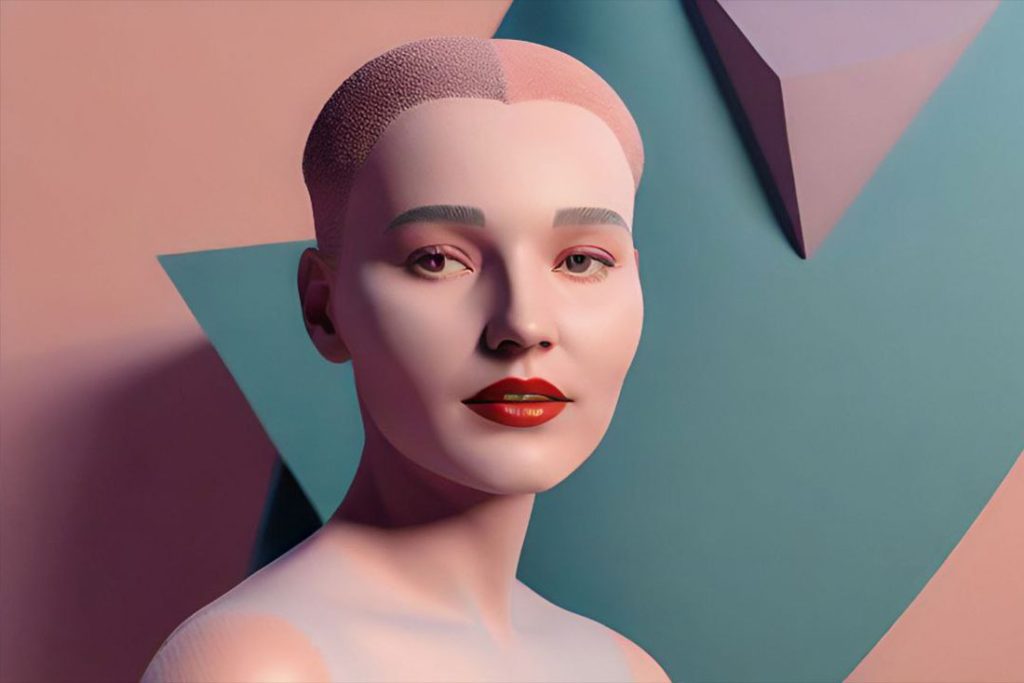The Science of Hair Growth: A Cosmetologist’s Guide to Understanding Hair Types and Treatments
For cosmetologists, a profound understanding of hair growth patterns, types, and biological aspects is crucial. This knowledge allows for personalized hair care and treatments that are more aligned with the client’s needs. In this comprehensive guide, we will delve into the different types of body hair—lanugo, vellus, and terminal—and discuss their implications for cosmetologists.

The Importance of Understanding Hair Growth
Cosmetologists are often the first line of defense when it comes to identifying changes in hair growth patterns or conditions. Understanding these patterns and the underlying biology can lead to:
- Personalized Care: Each hair type requires a different level of care and products.
- Early Detection: Anomalies in hair growth can often signify underlying health conditions.
- Effective Treatments: Knowing the hair type helps cosmetologists choose the most effective treatments.
Three Main Types of Body Hair
Lanugo Hair
Characteristics:
- Short, fine hair.
- Covers a fetus and generally sheds within a few weeks of birth.
Relevance in Cosmetology:
- Not directly relevant for most cosmetologists, but it’s essential for those involved in pediatric dermatology.
Vellus Hair
Characteristics:
- Often called “peach fuzz.”
- Short, fine, unpigmented.
- Lacks associated sebaceous glands.
- Aids in the evaporation of perspiration and body temperature regulation.
Relevance in Cosmetology:
- Often targeted in facial treatments like dermaplaning.
- The absence or overabundance of vellus hair can indicate hormonal or dermatological issues.
Terminal Hair
Characteristics:
- Long, pigmented, coarser than vellus hair.
- Appears on the scalp and various parts of the body.
- Can have a medulla, or innermost layer.
Relevance in Cosmetology:
- The most commonly treated hair type in cosmetology.
- Treatments range from cutting and coloring to intensive repair therapies.

The Dynamic Nature of Hair Follicles
It’s important to note that all hair follicles have the ability to produce either vellus or terminal hair. This transformation is largely influenced by:
- Genetics: Hereditary factors determine hair color, density, and texture.
- Age: As people age, more vellus hairs can transform into terminal hairs, and vice versa.
- Hormones: Hormonal changes, like those in puberty or menopause, can affect hair growth patterns.
Treatment Implications
For Vellus Hair
- Facial Treatments: Methods like dermaplaning can remove vellus hair.
- Hair Growth Inhibitors: Certain serums can inhibit the transformation of vellus to terminal hair.
For Terminal Hair
- Styling and Cutting: Tailor these according to the density and texture of the terminal hair.
- Hair Growth Treatments: Various serums and medications can stimulate or inhibit terminal hair growth.
Conclusion
Understanding the types of body hair and their characteristics is foundational knowledge for every cosmetologist. It’s not merely about making the hair look good; it’s about comprehensively understanding the hair to provide holistic care. In a world increasingly moving towards personalized healthcare, a cosmetologist’s in-depth understanding of hair growth types and their implications can make a meaningful difference in the quality of service provided.







